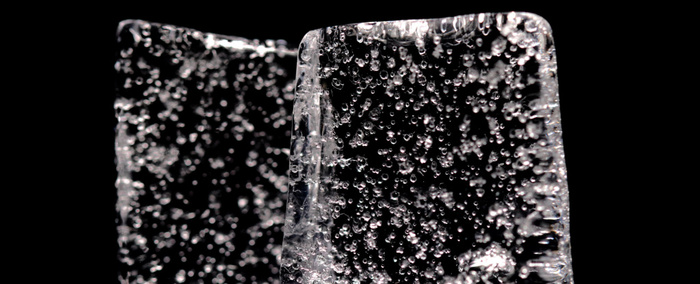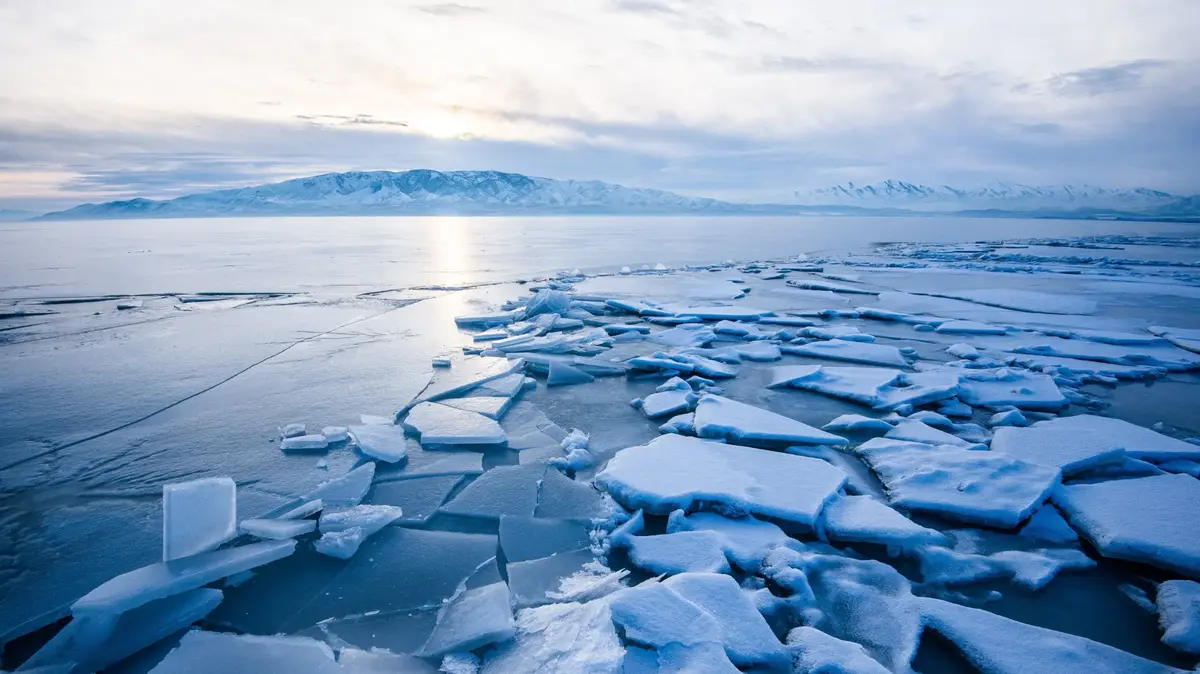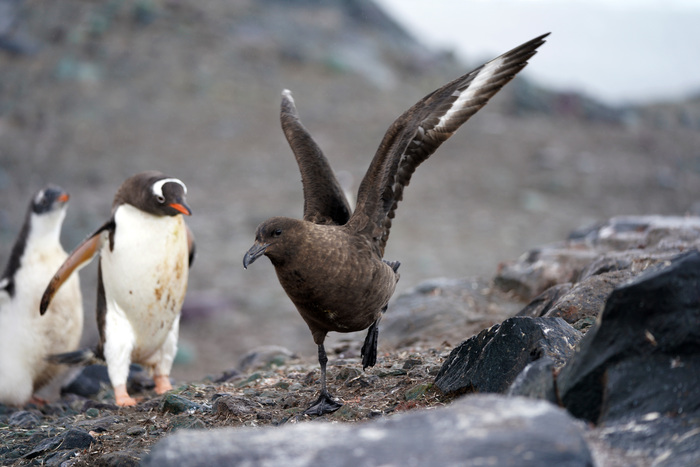At a driveway to the Dead Sea is a large sign in the form of an arrow. "Lowest place in the world" is written there. But the alleged tourist attraction is a sham: the lowest point on a continental shelf is not on the Dead Sea, but in the Antarctic.
The gorge below the so-called Denman Glacier is 3.5 kilometers deep, researchers report in the journal "Nature Geoscience". For comparison, the deepest point on the Dead Sea is just 413 meters below sea level.
For the study, the researchers collected known data on ice thickness, from radar soundings and sonar measurements. Out came a card. "This is undoubtedly the most accurate picture yet of what's under the Antarctic ice sheet," says study author Mathieu Morlighem of the University of California (read more about mapping the Antarctic here).
This video shows a model of the land mass below the Antarctic.
Although radar surveys from the past decades, the topography of the Antarctic land mass was roughly known. But there were few data from some areas. For example, the radar's electromagnetic waves can not reach the bottom of deep and narrow ravines because they are deflected by the side echoes of the walls.
Morlighem and his team have now been able to close many of these gaps in their knowledge by combining radar investigations with measurements of ice movement. For example, if you know how much ice enters a narrow valley and how fast it moves, you can calculate the volume of the ice and thus the canyon that contains the ice.
It's like syrup
"On older maps, the canyon of the Denman Glacier looked flatter," says Morlighem. The ice movement data showed, however, that the narrow ravine must be much deeper if it contains so much ice. "We came to 3,500 meters below sea level, the lowest point on land," says Morlighem. Only in the oceans there are valleys that reach deeper. The Mariana Trench is about 11,000 meters deep.
more on the subject
With the map of the Antarctic, the researchers can also estimate which regions will be the most sensitive to climate change. The new analyzes show, for example, that some of the glaciers have high ridges that hold back the ice masses. In other regions they are missing or there are only a few, so that the ice masses slip much faster there.
Emma Smith from the Alfred Wegener Institute, who also participated in the study, compares the melting ice with syrup. "Imagine pouring syrup on a flat surface and watching it flow outward." If you pour the same syrup on a surface with many mountains and valleys, it would spread very differently. "



/cloudfront-eu-central-1.images.arcpublishing.com/prisa/RDP7XNGW75D75IA7EEZLKLBVJQ.jpg)
/cloudfront-eu-central-1.images.arcpublishing.com/prisa/DBT2OEOLXBGZTLYKDBM2FWSJNM.jpg)


/cloudfront-eu-central-1.images.arcpublishing.com/prisa/GLQIPWOC3VBT3BKZRNAZOQJEQU.jpg)







